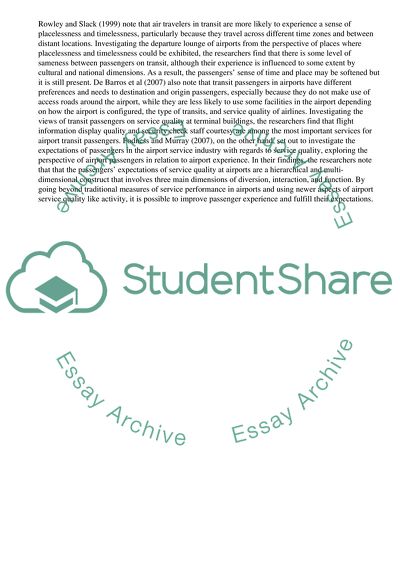Cite this document
(“Enhancing Transit Passengers Experience at Hamad International Airport Research Paper”, n.d.)
Enhancing Transit Passengers Experience at Hamad International Airport Research Paper. Retrieved from https://studentshare.org/management/1861345-how-to-enhance-transit-passengers-experience-at-hamad-international-airport
Enhancing Transit Passengers Experience at Hamad International Airport Research Paper. Retrieved from https://studentshare.org/management/1861345-how-to-enhance-transit-passengers-experience-at-hamad-international-airport
(Enhancing Transit Passengers Experience at Hamad International Airport Research Paper)
Enhancing Transit Passengers Experience at Hamad International Airport Research Paper. https://studentshare.org/management/1861345-how-to-enhance-transit-passengers-experience-at-hamad-international-airport.
Enhancing Transit Passengers Experience at Hamad International Airport Research Paper. https://studentshare.org/management/1861345-how-to-enhance-transit-passengers-experience-at-hamad-international-airport.
“Enhancing Transit Passengers Experience at Hamad International Airport Research Paper”, n.d. https://studentshare.org/management/1861345-how-to-enhance-transit-passengers-experience-at-hamad-international-airport.


